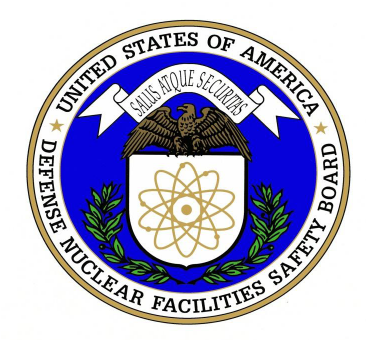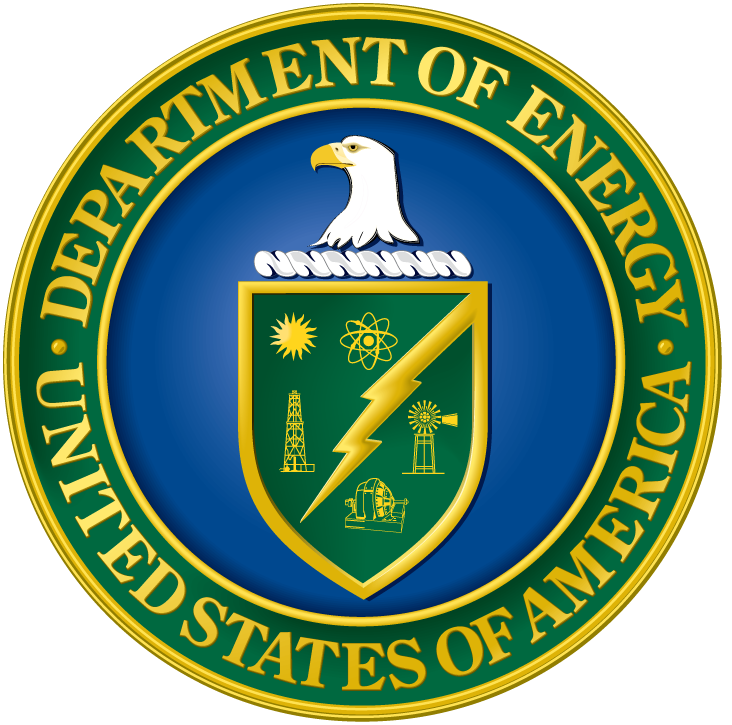
Blog
-
Geiger Readings for Oct 23, 2017
Ambient office = 118 nanosieverts per hourAmbient outside = 93 nanosieverts per hourSoil exposed to rain water = 96 nanosieverts per hourCrimini mushroom from Central Market = 116 nanosieverts per hourTap water = 112 nanosieverts per hourFilter water = 108 nanosieverts per hour -
Geiger Readings for Oct 22, 2017
Ambient office = 121 nanosieverts per hourAmbient outside = 80 nanosieverts per hourSoil exposed to rain water = 74 nanosieverts per hourMango from Central Market = 74 nanosieverts per hourTap water = 85 nanosieverts per hourFilter water = 66 nanosieverts per hour -
Geiger Readings for Oct 21, 2017
Ambient office = 121 nanosieverts per hourAmbient outside = 80 nanosieverts per hourSoil exposed to rain water = 74 nanosieverts per hourBeefsteak tomato from Central Market = 74 nanosieverts per hourTap water = 85 nanosieverts per hourFilter water = 66 nanosieverts per hourDover sole – Caught in USA = 108 nanosieverts per hour -
Nuclear Weapons 316 -The Defense Nuclear Facilities Safety Board Is Under Attack By Contractors Who Operate Nuclear Weapons Facilities – Part 2 of 3 Parts
Part 2 of 3 Parts (Please read Part 1 first)
Among other accomplishments, warnings from the Board helped to force the adoption of uniform emergency preparedness standards for all nuclear weapons sites in the U.S. The Board has also battled with nuclear weapons contractors over seismic vulnerabilities at nuclear weapons facilities in New Mexico, Washington state and South Carolina.
In spite of the work done by the Board, the nuclear weapons complexes in the U.S. have experienced many serious problems in recent years. These problems include the mishandling of plutonium, a radioactive explosion, mis-shipment of radioactive materials, and contamination of work area at nuclear weapons facilities.
The nuclear weapons defense contractors who run the nuclear weapons facilities do not appreciate the hard work of the Board. Some claim that the Board investigations are invasive and that the Board warnings are excessive. A 2012 report by the National Academy of Sciences criticized the Board with input from the nuclear weapons contractors. It complained that the nuclear weapons contractors had to “spend a great deal of time and overhead” dealing with the Board’s inspections.
The report was created by a panel chaired by Charles Shank, a former director of the DoE funded Lawrence Berkley National Laboratory. During the work on the report, Shank was a paid consultant for a corporation which was running one of the national weapons laboratories in New Mexico. Shank was one of the witnesses at a 2012 Congressional hearing on strategic forces. He called for less oversight from Washington for the nuclear weapons laboratories. He argued that they no longer needed the “special attention” from the Board.
One suggestion from the NAS report is especially troubling. The report said that the federal government “should accept more operational risks in its work supporting the U.S. nuclear arsenal.” Perhaps an argument could be made that operational risks should be tolerated during an actual war but such is not the current case. Ignoring risks during the Cold War resulted in some horribly polluted nuclear weapons sites such as the Hanford Nuclear Reservation in Washington State where liquids full of toxic and radioactive chemicals and materials were poured into unlined trenches dug into the dirt.
In 2014, there was an internal report generated by the National Nuclear Security Administration (NNSA) about the problems at LANL. The report blamed the NNSA for failing to appreciate how serious the problems at the LANL were. The report said, “the safety culture that existed within NNSA was to allow the contractor to manage the problem with minimal Federal intervention.” The report also said that the NNSA did not ask enough questions about the claim by the LANL that risks of an accidental nuclear chain reaction were being deal with when they were plainly not. Emails about problems at the LANL showed that concerns were raised in 2012 but no actions were taken until 2013.
Bob Alvarez, a former DoE official said that the “DoE does not really regulate these guys.” He worked with Senator John Glenn on the investigations and drafting of legislation that led to the creation of the Board. He also said that “There always needs to be some form of independent eyes and ears watching these guys. DOE’s Office of Enterprise Assessments [responsible for punishing contractors for safety and security lapses] is like a watchdog chained to a doghouse. All they do is threaten to bark. They don’t even bark. They just threaten to bark.”
Please read Part 3
-
Geiger Readings for Oct 20, 2017
Ambient office = 121 nanosieverts per hourAmbient outside = 80 nanosieverts per hourSoil exposed to rain water = 74 nanosieverts per hourAvocado from Central Market = 74 nanosieverts per hourTap water = 85 nanosieverts per hourFilter water = 66 nanosieverts per hour -
Nuclear Weapons 316 -The Defense Nuclear Facilities Safety Board Is Under Attack By Contractors Who Operate Nuclear Weapons Facilities – Part 1 of 3 Parts
Part 1 of 3 Parts
Congress created the Defense Nuclear Facilities Safety Board in 1988 because of concerns about health and safety protection that the Department of Energy was providing the public and workers at nuclear weapons facilities. Congress wanted to reassure that public that the DoE facilities were being safely designed, constructed, operated and decommissioned. The Board consists of five experts in the field of nuclear safety. The current make-up of the Board is two Republicans and three Democrats.
The mission statement of the DNFSB states that the Board was created “within the Executive Branch (42 U.S.C. § 2286, et seq.) to identify the nature and consequences of potential threats to public health and safety at the Department of Energy’s (DOE’s) defense nuclear facilities, to elevate such issues to the highest levels of authority, and to inform the public. Since DOE is a self-regulating entity, the Board constitutes the only independent technical oversight of operations at the Nation’s defense nuclear facilities. Under its legislative mandate, the Board plays a key role in maintaining the future viability of the Nation’s nuclear deterrent capability by:
· Ensuring that the health and safety of the public and the workers at DOE’s defense nuclear facilities located throughout the United States are adequately protected, as DOE maintains the readiness of the nuclear arsenal, dismantles surplus weapons, disposes of excess radioactive materials, cleans up surplus defense nuclear facilities, and constructs new defense nuclear facilities;
· Enhancing the safety and security at our Nation’s most sensitive defense nuclear facilities when hazardous nuclear materials and components are placed in more secure and stable storage; and
· Providing for the early identification of health and safety vulnerabilities, allowing the Secretary of Energy to address issues before they become major problems.”
One of the reasons that the Board was created in the first place is that there were very serious problems with plutonium contamination at the Rocky Flats facility in Colorado. The site was raided by the FBI and closed in 1989. Contractors who operated the site eventually pleaded guilty to a variety of environmental crimes.
Since its inception, the Board has helped to convince the federal government to create and monitor tighter safety rules and regulations for the more than forty thousand workers at eight nuclear weapons sites where nuclear weapons and their components are either produced or stored. The Board has jurisdiction over all the sites where private contractors conduct weapons research, fabrication, assembly or maintenance of thousands of nuclear bombs and warheads for the U.S nuclear arsenal. In the last decade, the defense contractors who operate the nuclear weapons facilities have made over two billion dollars of profit.
There are one hundred and twenty people currently working for the Board. Ten of these people are stationed at five of the nuclear weapons facilities. These ten members of the Board staff write up weekly public reports about the safety practices and problems at the facilities. Warnings from the Board were instrumental in getting contractors at Hanford to heed a whistleblower concerns. Critical facilities were redesigned to help prevent an accidental nuclear chain reaction. Investigators from the Board also documented and warned about safety problems at the Los Alamos National Laboratory (LANL). The LANL is still having problems adhering to the requirements of the Board.
Please read Part 2





